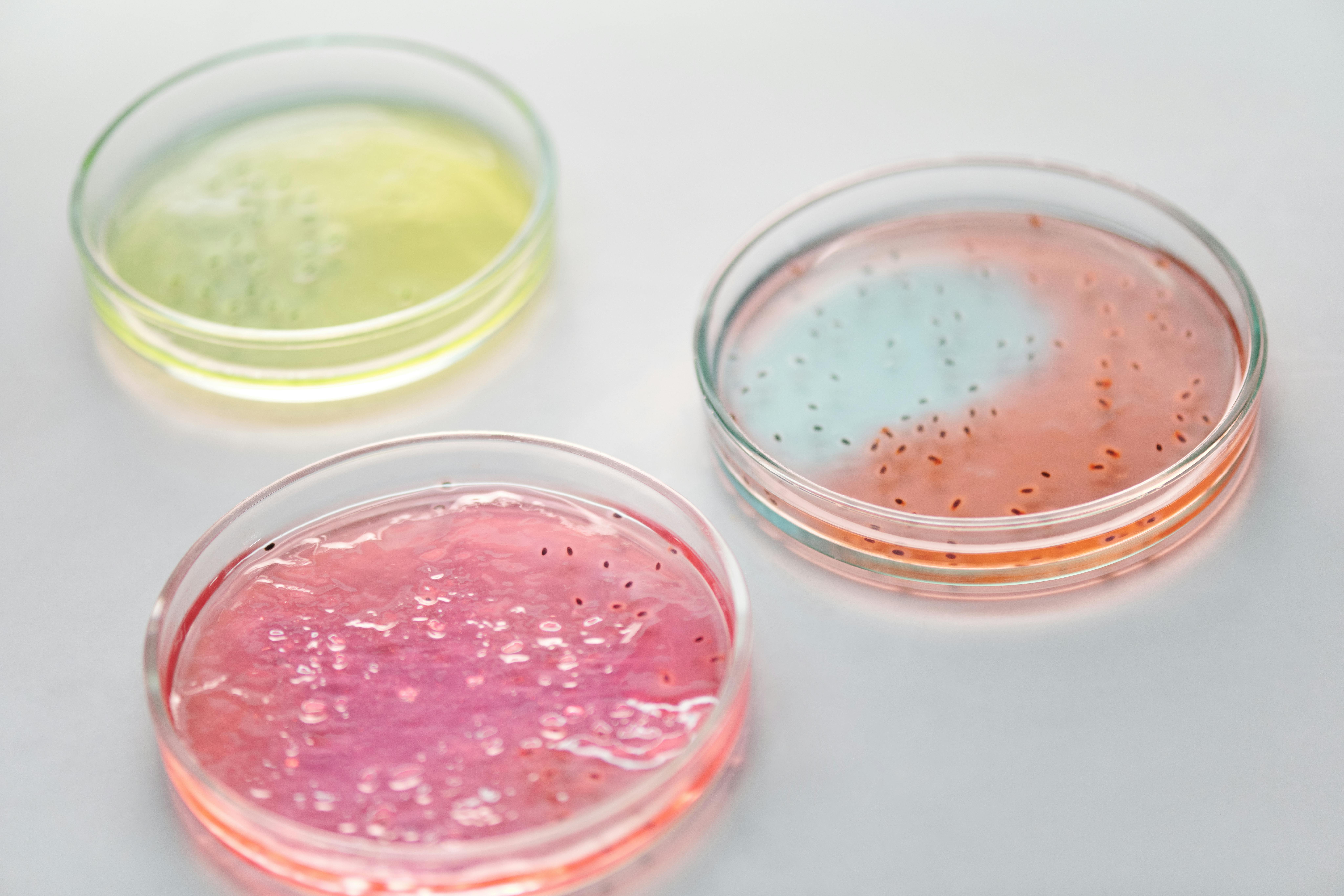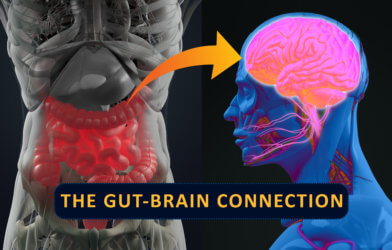We all love a good smoothie, right? That quick, delicious way to pack in fruits and vegetables. But what if the way your favorite store-bought smoothie is prepared could dramatically change how many health-boosting compounds your body actually uses? Get ready to have your mind blown, because new research suggests that heating your smoothie might just be the secret ingredient to unlocking its full potential.
Unlock Your Smoothie’s Full Power: Why Heat Might Be Best
You probably already know that fruits and vegetables are packed with beneficial compounds called polyphenols. These are like tiny superheroes in your body, fighting off everything from heart disease to certain cancers. The problem is, your body doesn’t always absorb all of them. Many simply pass through your system without being used.
For years, we’ve been told that raw is best, that heat destroys nutrients. But a groundbreaking study published in the Journal of Agricultural and Food Chemistry turns that idea on its head, at least when it comes to smoothies and their polyphenols. Researchers found that giving smoothies a blast of high heat, a process called thermal pasteurization, actually made those valuable polyphenols significantly more accessible for your gut to absorb. We’re talking more than double the benefit compared to untreated smoothies. This isn’t just a slight bump; it’s a game-changer for how we think about preparing and consuming these healthy beverages.
Many store-bought smoothies already undergo some form of pasteurization, either with high heat or high pressure, to keep them safe and extend their shelf life. Now, it appears this common practice isn’t just about food safety; it might be supercharging your smoothie’s health impact.
How Scientists “Digested” Smoothies in the Lab
To understand this fascinating discovery, let’s look at how the scientists, led by Iziar Ludwig and colleagues, conducted their investigation. It’s important to note this was a preliminary study, meaning it’s an early look into a promising area. The researchers didn’t test these smoothies directly on people. Instead, they used a clever “in vitro” approach, which means they mimicked the human digestive system in a laboratory setting.
The scientists created a standard smoothie from Granny Smith apples, green celery, green chicory, peppermint, and lemon. This combination provided a rich source of the polyphenols they wanted to study. Once the smoothie was made, it was split into three batches:
- Untreated: This was the control group, a raw smoothie, just as you might make at home.
- High-Pressure Processed (HPP): This batch went through a high-pressure treatment. HPP is a popular non-heat method used by the food industry to kill bacteria and extend shelf life while trying to preserve freshness.
- High-Temperature Short-Time (HTST) Processed: This batch got the heat treatment, subjected to hot temperatures for a very short time. This is a common thermal pasteurization method.
After these treatments, each smoothie batch went through a simulated digestive journey, mimicking what happens in your body. This multi-step process involved mixing the smoothies with artificial saliva and enzymes (like those in your mouth), then simulated stomach fluids and enzymes (like those in your stomach), and finally simulated intestinal fluids, enzymes, and bile salts (like those in your intestines).
After this simulated digestion, the scientists measured how many polyphenols were “bioaccessible.” This term refers to the amount of a compound that’s released from the food during digestion and becomes available for your body to absorb. Think of it like this: polyphenols are packed inside plant cells, and digestion needs to break those cells open to release them. Bioaccessibility tells us how much of that good stuff is actually freed up and ready for action.
Many polyphenols, especially the more complex ones, travel further down to the large intestine, or colon. Here, your gut microbiota—the trillions of beneficial bacteria living in your gut—step in. These tiny organisms break down complex polyphenols into smaller, often even more active, compounds. To study this, the researchers took the digested smoothie samples and put them into vials containing human fecal samples as a source of gut microbes. These vials were then “fermented” for up to 48 hours, with samples taken at various times to track the transformation of polyphenols.
They used advanced laboratory techniques to identify and measure 57 different types of polyphenols and their breakdown products throughout the entire process.
The Surprising Findings: Heat Boosts Polyphenol Absorption
The findings were quite remarkable. For the untreated smoothie, a significant portion of the polyphenols were lost during simulated digestion, resulting in low bioaccessibility. This indicates that even a fresh, raw smoothie doesn’t allow your body to access all its beneficial compounds.
For the processed smoothies:
- High-Pressure Processed (HPP) smoothie: This method showed a slight improvement in polyphenol bioaccessibility.
- High-Temperature Short-Time (HTST) processed smoothie: This was the real winner. The heat-treated smoothie boasted significantly higher polyphenol bioaccessibility—more than double that of the untreated smoothie and noticeably higher than the HPP smoothie.
Why did heating make such a difference? The researchers believe that thermal processing might cause “cell wall disruption and softening” in the plant materials, making it easier for the polyphenols to be released from the food during digestion. In essence, the heat gently breaks down the plant’s structure, allowing the good stuff to escape and become available for your body to absorb.
Looking at individual polyphenol groups, the study revealed that HTST processing particularly boosted the bioaccessibility of hydroxycinnamic acids and flavan-3-ols. These are two major groups of polyphenols found in the smoothie. For example, the bioaccessibility of hydroxycinnamic acids jumped significantly in the HTST-treated one. Flavan-3-ols, which were the most abundant polyphenols in the smoothie but notoriously hard to absorb in untreated form, also saw their accessibility rise with HTST.
Both pasteurization methods also led to higher amounts of beneficial breakdown products during colonic fermentation compared to the raw smoothie. Again, the HTST-treated smoothie showed the most significant increase in these “gut-related metabolites,” which can offer their own health benefits, like anti-diabetic and anti-inflammatory properties. The researchers observed that native polyphenols were quickly broken down by gut bacteria within 24 hours in all smoothie types, converting into a wide range of new, smaller phenolic compounds. This confirms that the gut truly is a second chance for these compounds.
What This Means for Your Daily Smoothie
This study offers a compelling new perspective on our healthy eating habits. While the research was conducted in a lab, it suggests that thermal pasteurization, often viewed solely as a preservation technique, could actually be enhancing the nutritional value of smoothies. It challenges the “raw is always best” mentality, highlighting that sometimes, a little processing can unlock greater benefits. For consumers, this could mean that store-bought smoothies, particularly those that have undergone thermal pasteurization, might be a more effective way to get those precious polyphenols into your system. This research points toward a future where food processing isn’t just about safety and shelf life, but also about maximizing the health benefits of our food.
Paper Summary
Methodology
Researchers prepared a smoothie from Granny Smith apples, green celery, green chicory, peppermint, and lemon. This was split into three batches: untreated, High-Pressure Processed (HPP) (600 MPa for 6 min), and High-Temperature Short-Time (HTST) pasteurized (82°C for 2.6 sec). All batches underwent simulated in vitro gastrointestinal digestion (oral, gastric, intestinal phases). The digested samples then underwent in vitro colonic fermentation using human fecal samples from four healthy volunteers. Polyphenols and their metabolites were analyzed using advanced chemical detection methods.
Results
HTST pasteurization significantly enhanced polyphenol bioaccessibility (44%) after simulated digestion, more than doubling that of untreated (17%) and notably higher than HPP (21%). HTST particularly boosted hydroxycinnamic acids (up to 81%) and flavan-3-ols (up to 18%). Both pasteurization methods, especially HTST, led to higher concentrations of beneficial gut-related metabolites during colonic fermentation, as native polyphenols were rapidly broken down by gut bacteria.
Limitations
This was an in vitro (laboratory) study using simulated digestion and pooled human fecal samples, not actual human participants. Therefore, the results may not perfectly translate to the complex human body, which includes individual variations in gut microbiota and overall diet. The small number of fecal donors (four) limits the generalizability of microbial metabolism findings.
Funding and Disclosures
This research was funded by the Government of Navarre through grants for doctoral contracts and talent support programs. The authors declared no competing financial interests.
Publication Information
The article, “High-Pressure and Thermal Pasteurization Applied to Smoothies Enhances (Poly) Phenol Bioaccessibility along the Gastrointestinal Tract,” was authored by Cristina Matías, Gema Pereira-Caro, María-José Sáiz-Abajo, Concepción Cid, Iziar A. Ludwig, and María-Paz De Peña. It was published in the Journal of Agricultural and Food Chemistry. The DOI is https://doi.org/10.1021/acs.jafc.4c09166. It is an Open Access article under CC-BY 4.0, received on September 26, 2024, and accepted on January 30, 2025.












